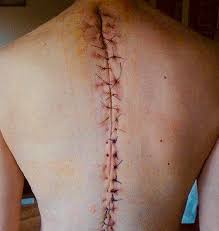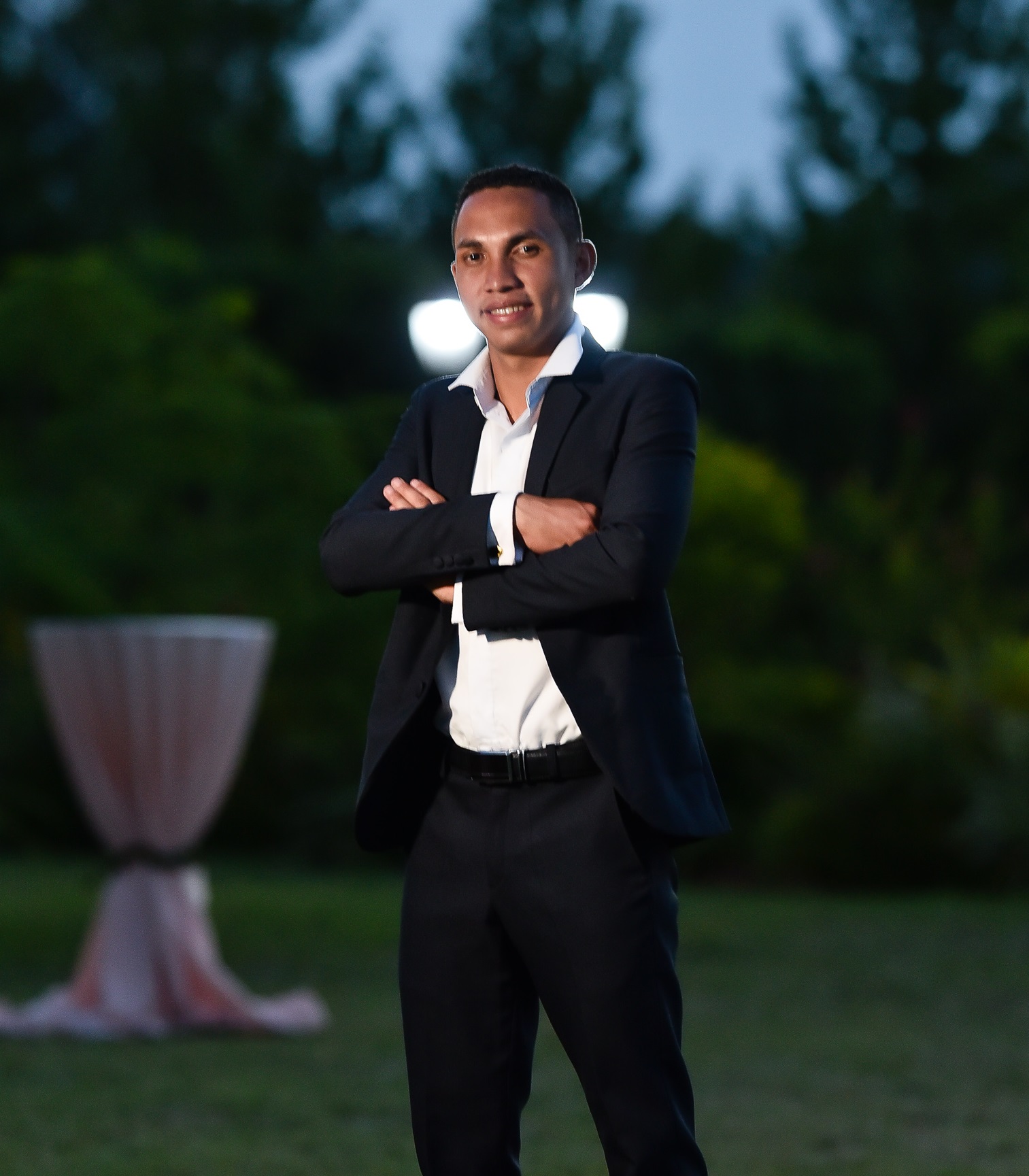Article reviewed and approved by Dr. Ibtissama Boukas, physician specializing in family medicine
La spine is the structure that provides support to the body. It undergoes all the shocks and tensions generated by daily activities. It is for this reason that it is more sensitive to pain and diseases of the spine.
Your medical examinations show that you suffer from a Scoliosis and your doctor advises you surgery to treat it? Discover in this article, the definition of this pathology as well as everything related to its treatment through surgery.
Understanding Scoliosis
Etymologically, the word « scoliosis "comes from the Greek" scoliosis Which means curvature. It's about a curvature of the column vertebral who takes a abnormal lateral deviation. Instead of being straight, the column is curved in an "S" when viewed from the back. Normally, the upper part of the back should have a rounded appearance when viewed from the side.
La Scoliosis can affect all categories of people, adults and children. Contrary to what we imagine, it is not the result of bad posture. The cause of this pathology is still undetermined, in 90% of cases. We then speak of idiopathic scoliosis. This is what is often encountered in young girls at the age of puberty. In 10% of cases, we speak of " secondary scoliosis which is the consequence of other illnesses. These are mainly congenital malformations (such as spina bifida) and neuromuscular syndromes (muscular dystrophy, Friedrich's ataxia for example). The scoliosis can also be degenerative especially in adults with osteoarthritis.
To know everything about the scoliosis in children, see the following article.
Scoliosis surgery
To treat directly the Scoliosis, one can opt for a surgical intervention.scoliosis surgery consists of straighten spinal deviation. It is associated with a arthrodesis (immobilization of a joint), for better correction of the deformity. It also relieves pain by releasing nerves trapped by deviation of the vertebrae.
Scoliosis operation: indication for surgery
We generally do not use the surgery only when the treatments (by the wearing a corset or physiotherapy) prove to be ineffective.
THEsurgical intervention is indicated only in rare cases. It is decided according to the severity of the disease: when it gets worse and becomes disabling.
However, this is not an easy decision to make. Above all, the doctor will ensure that the general state of health of the patient is able to withstand the operation. Only then will he confirm the feasibility of the surgery.
Another criterion that determines the decision for a scoliosis spine surgery is theCobb angle. It's a scoliotic angulation delimited between the upper plate of the vertebra (upper limit) and the bottom of the most rotated lower vertebra. If its angle of curvature exceeds 50 degrees, the operation is strongly indicated, all the more so if a rapid evolution is observed.
The main ones objectives: de l 'scoliosis surgery are :
- removal of nerve compression;
- alleviation of pain;
- straightening of the spine deformity anomaly;
- stabilization of the spine.
The different types of operations to treat scoliosis
Arthrodesis and bone grafting
First, we mainly practice a arthrodesis. It consists of blocking certain vertebrae.
To straighten scoliosis, this intervention is, of course, done on the dorsal part (following along the spine). The principle ofarthrodesis is minimize the deviation of the spine. To do this, metal rods are used as tutors (supports for straightening). Screws and hooks are also implanted so that these rods attach and attach to the vertebrae.
When the intervention is complete, a bone graft is necessary. The surgeon removes bone from the ribs and pelvis. Otherwise, he opts for artificial grafts. This graft makes possible the fusion between the vertebrae in the area blocked by the stem. After about a year, it becomes solid.
Thoracoplasty
This surgery involves shortening the ribs. It reduces the bump, in case of significant humpback. Indeed, the Scoliosis causes the spine to twist on itself. The ribs linked to these vertebrae also rotate which causes the appearance of a bump in the back: humpback.
La duration of these interventions extends from 3 up to 12 hours.
What risks and complications to expect after scoliosis surgery?
The risks et complications of this intervention are rares. In addition, the surgical operation may not always go as planned.
First, since the operation takes place under General anaesthesia, complications can occur. They depend on the general condition of the patient: his age, his state of health (allergies, heart or lung problems for example). That is why these diseases are determined by preliminary examinations before any decision about treatment is made. surgical.
After'surgery, risks byinfection are not to be neglected. In the absence of asepsis (during the intervention and dressings), the bacteria can take advantage of the weakness of the body's immune system. They proliferate and swarm through the lesion. The latter undergoes inflammation (pain, heat, swelling) which could lead to the formation of pus.
Also, if the patient stays in bed for too long, complications decubitus occur, bedsores in particular. The skin macerates and the healing becomes too slow. This risk is aggravated in smokers and diabetics.
Postoperative follow-up: Recovery and rehabilitation
The convalescence
La scoliosis surgery requires approximately 8 to 15 days of hospitalization. This duration varies according to the general state of health of the patient and his ability to regain autonomy. Then, to gradually recover good health, a convalescence of at least 3 months is essential. During this period, the patient must take total rest, which involves:
- to stop all work including physical exertion;
- avoid carrying heavy loads exceeding 5 kg;
- to avoid bending the trunk too much forward.
There are therefore certain restrictions, not only regarding the activities, but also for the diet of the patient.
Re-education
Rehabilitation is essential. It begins 24 to 48 hours aftersurgery, and continues for the next 45 days. This re-education consiste en la physiotherapy which allows the patient to recover certain daily movements such as walking. It aims to restore the functionality of the muscles of the back and legs.
After these 45 days, physiotherapy massages soft are recommended. In addition, Stretching and light remusculation are necessary. They should not cause pain in the patient.
From the third month, the patient can gradually practice light exercises in a progressive manner. For example, he can consider swimming or jogging.
after about 1 year, graft is consolidated. It is then that the subject has the possibility of resuming the usual physical activities.
Throughout the period of recovery and rehabilitation, of regular medical consultations are essential. They allow to control risks and closely monitor developments of the patient.
Sources
https://www.groupe-chirurgical-thiers.fr/rachis/chirurgie-de-scoliose/
https://www.primomedico.com/fr/cure/chirurgie-scoliose/
Eyriey in “Surgical treatment of scoliosis”, Personales 2007


